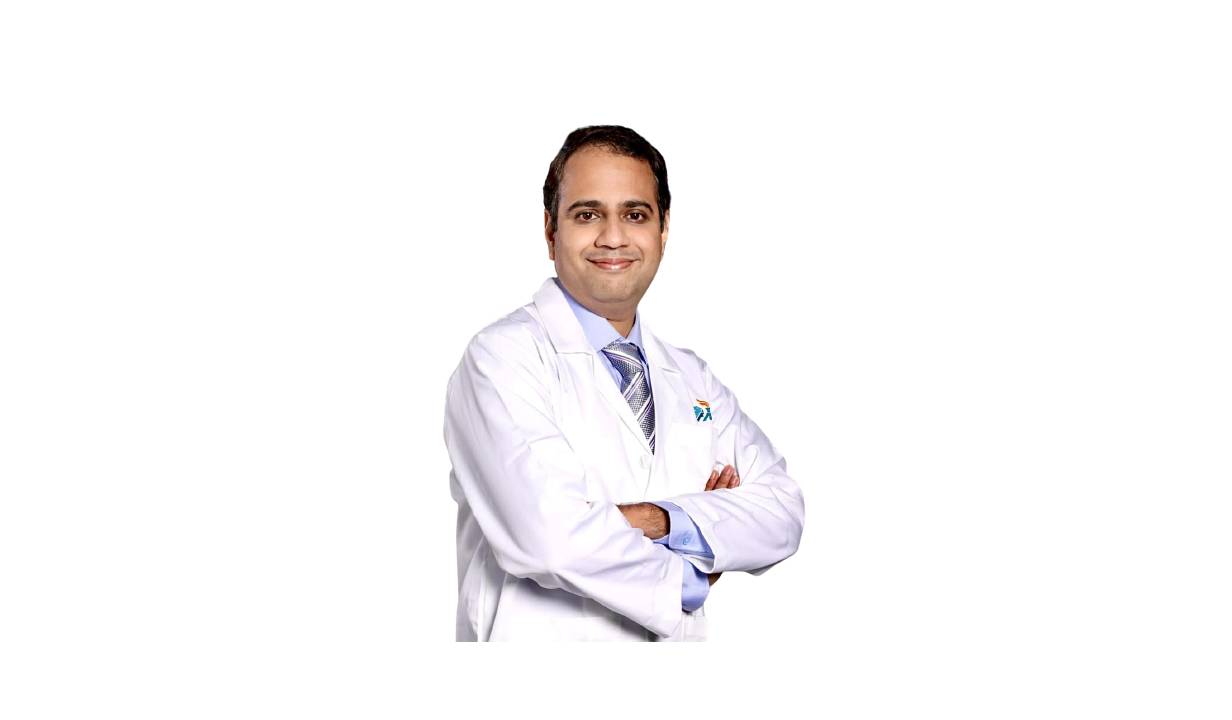GGT Levels: Understanding Dangerous Ranges
Know about CGT levels, its significance, cause, symptoms and natural ways to manage the healthy levels.

Written by Dr. Dhankecha Mayank Dineshbhai
Reviewed by Dr. Mohammed Kamran MBBS, FIDM
Last updated on 20th Aug, 2025

Introduction
When it comes to liver health, certain blood tests help doctors understand how well your liver is functioning. One such test measures Gamma-Glutamyl Transferase (GGT), an enzyme found mainly in the liver. High GGT levels can indicate liver damage or other health concerns.
In this article, we’ll explain:
What is GGT, and why does it matter?
What normal and dangerous GGT levels are?
Possible causes of high GGT
Symptoms to watch for
How to manage and lower GGT levels naturally?
When to see a doctor?
What Is GGT and Why Is It Important?
GGT is an enzyme that helps break down toxins and metabolise drugs in the liver. While small amounts are normal, elevated levels can signal liver or bile duct problems. Doctors often check GGT alongside other liver tests (like ALT, AST, and ALP) to assess liver health.
Normal vs. Dangerous GGT Levels
GGT levels vary by age, gender, and lab standards, but generally:
Normal GGT levels for men and women are:
- Men: 8–61 U/L
- Women: 5–36 U/L
Mildly elevated (slightly high)
It could be due to alcohol use, fatty liver, or medications.
Moderately to severely high (dangerous range)
Above 100 U/L (men) or 70 U/L (women) may indicate liver disease, bile duct blockage, or heavy alcohol use.
Extremely high (500+ U/L)
Could signal acute liver damage, hepatitis, or bile duct obstruction.
Note: Different labs may have slightly different reference ranges, so always check your report.
What Causes High GGT Levels?
Several factors can increase GGT, including:
1. Liver & Bile Duct Problems
- Alcoholic or non-alcoholic Fatty liver disease
- Viral or autoimmune Hepatitis
- Scarring of the liver
- Gallstones or bile duct blockage
2. Alcohol & Toxins
- Heavy drinking, even short-term binge drinking, can raise GGT.
- Exposure to industrial chemicals or toxins
3. Medications & Supplements
- Certain antibiotics, antidepressants, and pain relievers
- High doses of vitamin A or herbal supplements
4. Other Health Conditions
- Diabetes or metabolic syndrome
- Heart disease
- Obesity
Consult Top Hepatology Doctors for Best Advice
Symptoms of High GGT Levels
Since GGT itself doesn’t cause symptoms, the signs you notice will depend on the underlying condition. Common symptoms linked to liver problems include:
- Fatigue
- Yellowing of skin/eyes in jaundice
- Dark urine or pale stools
- Swelling in the abdomen or legs
- Nausea or loss of appetite
If you experience these, consult a doctor for further testing.
How to Lower GGT Levels Naturally
If your GGT is mildly elevated, lifestyle changes can help improve liver health:
1. Reduce Alcohol Intake
Alcohol is a major cause of high GGT. Cutting back or quitting can significantly lower levels within weeks.
2. Eat a Liver-Friendly Diet
Increase Leafy greens, fruits, whole grains, lean proteins, and healthy fats (avocados, nuts).
Avoid processed foods, excessive sugar, and fried foods.
Hydrate well to help flush toxins.
3. Exercise Regularly
Physical activity helps reduce fatty liver and improves metabolism. Aim for 30 minutes of walking, cycling, or yoga daily.
4. Manage Weight & Blood Sugar
Obesity and diabetes contribute to liver stress. Losing even 5–10% of body weight can improve liver function.
5. Avoid Unnecessary Medications
Some OTC drugs (like acetaminophen) can harm the liver if taken excessively. Always follow dosage instructions.
6. Try Liver-Supporting Supplements (with doctor’s advice)
- Milk thistle
- Turmeric
- Omega-3 fatty acids
When to See a Doctor
Consult a healthcare provider if:
- Your GGT is consistently high in multiple tests.
- You have symptoms like jaundice, fatigue, or abdominal pain.
- You’re unsure about the cause of elevated GGT.
Final Thoughts
High GGT levels don’t always mean serious liver disease, but they shouldn’t be ignored. Simple lifestyle changes—like reducing alcohol, eating healthy, and exercising—can make a big difference. If your levels are very high or you have symptoms, seek medical advice promptly.
Consult Top Hepatology Doctors for Best Advice
Consult Top Hepatology Doctors for Best Advice

Dr. Srinivasa Reddy
Hepatologist
12 Years • MBBS, MD (General Medicine), DM (Hepatology),ASGE
Hyderabad
Myra Liver & Gastro Care, Hyderabad

Dr. Sushith C
General Physician
2 Years • MBBS
Bengaluru
PRESTIGE SHANTHINIKETAN - SOCIETY CLINIC, Bengaluru

Dr. E Prabhakar Sastry
General Physician/ Internal Medicine Specialist
40 Years • MD(Internal Medicine)
Manikonda Jagir
Apollo Clinic, Manikonda, Manikonda Jagir
(125+ Patients)

Dr. Pukhraj Singh Jeji
Gastroenterology/gi Medicine Specialist
13 Years • MBBS, MD ( Internal Medicine ), DM ( Gastroenterology ), Consultant - Gastroenterology
Bhubaneswar
Apollo Hospitals Old Sainik School Road, Bhubaneswar

Dr Amey Sonavane
Gastroenterology/gi Medicine Specialist
11 Years • "MBBS, DNB (Internal Medicine) DNB (Gastroenterology) "
Mumbai
Apollo Hospitals CBD Belapur, Mumbai
(75+ Patients)
Consult Top Hepatology Doctors for Best Advice

Dr. Srinivasa Reddy
Hepatologist
12 Years • MBBS, MD (General Medicine), DM (Hepatology),ASGE
Hyderabad
Myra Liver & Gastro Care, Hyderabad

Dr. Sushith C
General Physician
2 Years • MBBS
Bengaluru
PRESTIGE SHANTHINIKETAN - SOCIETY CLINIC, Bengaluru

Dr. E Prabhakar Sastry
General Physician/ Internal Medicine Specialist
40 Years • MD(Internal Medicine)
Manikonda Jagir
Apollo Clinic, Manikonda, Manikonda Jagir
(125+ Patients)

Dr. Pukhraj Singh Jeji
Gastroenterology/gi Medicine Specialist
13 Years • MBBS, MD ( Internal Medicine ), DM ( Gastroenterology ), Consultant - Gastroenterology
Bhubaneswar
Apollo Hospitals Old Sainik School Road, Bhubaneswar

Dr Amey Sonavane
Gastroenterology/gi Medicine Specialist
11 Years • "MBBS, DNB (Internal Medicine) DNB (Gastroenterology) "
Mumbai
Apollo Hospitals CBD Belapur, Mumbai
(75+ Patients)